
In the history of the Vietnamese nation, the Hung Kings' death anniversary is not only a traditional holiday but also an occasion for every Vietnamese person to turn to their roots, to show gratitude to the Hung Kings - those who built and defended the country, and at the same time, it is an opportunity for each person to reflect on the tradition, culture and future of the nation.
"A hundred trees from one root, a hundred children from one family"
The history of the Vietnamese nation began with the Hung King era, with the merits of the Hung Kings who founded the country, broke rocks, expanded, and built the Van Lang State. From the legend of the “hundred-egg sac”, all Vietnamese people have the same origin, the same Lac Hong bloodline, and the same National Ancestor, the Hung Kings.
Researcher Dang Nghiem Van explained the origin of this thinking in the book "On Vietnamese Religious Beliefs" as follows: Along with the worship of the Hung Kings who founded the country, worshiping those who contributed to the country and the village, worshiping the village god, the worship of the deceased of the same bloodline has created a spiritual bond between those living together in a territorial community and those living together in the same bloodline community. It creates a national religious system that reflects that bond in social practice. In a Vietnamese person, there are two people belonging to two communities: Bloodline and territory. I don't know if that is more profound than in other countries, but there is something very special and difficult to explain: the Vietnamese people, except for a few ethnic groups of Northern origin or strongly influenced by Northern culture, have the phenomenon of unifying blood relations and social relations through unifying the terms of address within the clan and in society. Or it can be said that the Vietnamese people pull social relations back to family relations.
Whether viewed from the perspective of legends, myths or official history, events related to the worship of the Hung Kings all point to national pride. Historically, since the time of the Trung Sisters' uprising (in the spring of 40 AD), in the flag-raising ceremony of the two ladies, the oath "One wishes to cleanse the nation's hatred/ Two wishes to restore the ancient Hung family's legacy" has become an endless source of inspiration for efforts to fight against invaders. The meaning of this oath is not limited to being an oath but also includes the honor of sacred beliefs, gratitude, responsibility and the desire for the protection of the Hung Kings. In terms of ideology, this oath represents a symbolic declaration of the Vietnamese people's patriotism and aspiration for self-reliance, expressed through their resilience in the struggles against foreign invasion and the preservation of their ancestors' cultural achievements. One of the remarkable achievements is the creation of unique cultural symbols of the nation and people, which is a testament to independence and autonomy from the roots and from profound cultural identity.
According to statistics from the Ministry of Culture, Sports and Tourism, the whole country has 1,417 relics worshiping the Hung Kings and figures related to the Hung King era. Among them, Phu Tho province has the densest distribution of relics with 326 relics, notably Hung Temple, which is praised by historians as a "super relic" and is known as the "holy land of ancient Vietnamese residents". Nowhere else in Vietnam is there such a dense concentration of artifacts, traces, myths, legends, festivals, and performing arts activities related to life during the Hung Kings era as in Phu Tho. According to researcher Nguyen Ngoc Chuong in the article "On the distribution of historical relics of the Hung Kings' period" from 1973, Phu Tho has up to 432 relics worshiping Hung Kings and their wives and children, including 40 communal houses and temples worshiping Hung Kings, 77 places worshiping the wives and children of Hung Kings, 288 places worshiping Cao Son, Tan Vien and generals, and 87 other relics related to historical events of the Hung Kings' period.

Originating from Phu Tho , the worship of Hung Kings has spread throughout Vietnam, especially in the provinces of the Northern and Central regions, and continued to spread to the South following the footsteps of the Vietnamese people. Today, this custom has been introduced and developed in many other countries in the world where there is a presence of the Vietnamese community.
After Vietnam submitted its dossier to the United Nations Educational, Scientific and Cultural Organization (UNESCO), the Hung Kings worship ritual was confirmed by experts of this organization to meet the most important of the five criteria, which is that this heritage has a special value with global stature, contributing to encouraging common awareness among nations about preserving and promoting that value.
On December 6, 2012, in Paris (France), UNESCO officially recognized the Hung King worship as an intangible cultural heritage of humanity. This is the first heritage of Vietnam to be honored in the category of beliefs and also the first time UNESCO recognized the Hung King worship as an intangible cultural heritage of humanity. This recognition is not only the pride of the Vietnamese people but also an international recognition of the cultural and spiritual values of the Hung King worship.
The death anniversary is not only a manifestation of respect, but also a way to express the traditional morality of “When drinking water, remember its source” of the Vietnamese people, a testament to the strong vitality of the national spirit through thousands of years of history. It is like a reminder that, regardless of any incident or challenge, the Vietnamese people always maintain their faith and determination to protect their homeland and build a better future.
Building the future from traditional spiritual symbols
The Hung King worship is a special heritage in the national cultural heritage, has become a custom, a belief and has been passed down from generation to generation. Throughout history, this belief has become a spiritual support, a belief in the sacred and magical power of the ancestors for the Vietnamese people to strengthen the great solidarity, join hands to overcome natural disasters, foreign invaders, and protect the country's borders.
The Hung King worship, through the honor of dynasties and the preservation and maintenance of the people over the centuries, is valuable evidence that the sense of national autonomy is considered an internal source of strength that creates many miracles in the history of building and protecting the homeland of the Vietnamese people. This is also an important reason explaining the special existence and stature of the Hung King worship as an Intangible Cultural Heritage.
The core values and foundation of the Vietnamese nation's strength are affirmed through the patriotism and deep national pride of the people. Immediately after the Democratic Republic of Vietnam was established, President Ho Chi Minh signed and issued Decree No. 22/SL on February 18, 1946, which stipulated Tet holidays, historical anniversaries and religious ceremonies, including the Hung Kings' death anniversary on the 10th day of the third lunar month. This continued to affirm the value of the Hung Kings' worship belief. During the first Hung Kings Temple festival under the Revolutionary Government in 1946, Mr. Huynh Thuc Khang represented the Government to attend the Hung Kings' death anniversary at the Hung Kings' Temple, offering a map of Vietnam and a precious sword as a prayer to the ancestors about the country being invaded and hoping that the ancestors would bless the cause of protecting the national territory.

Hung Temple and the surrounding area were attacked and destroyed by the enemy twice in 1949 and 1952, when the architectural works here were burned and destroyed. The French colonialists' goal in destroying Hung Temple was to wipe out an important place of worship, considered the "acupuncture point" of the Vietnamese national spirit, to erase the cultural history and cut off the roots of the nation. However, this action of the enemy further encouraged the will and determination of the entire people to resist. During the resistance war against the French, Hung Temple became one of the important bases of the guerrillas and local people. Immediately after the successful end of the resistance campaign, in late 1953 and 1954, the architectural works at Hung Mountain were restored and repaired many times, to restore its respect and historical value.
President Ho Chi Minh visited Hung Temple twice on September 19, 1954 and August 19, 1962. At Gieng Temple, located in the Hung Temple relic site on September 19, 1954, he gave a famous instruction to the cadres and soldiers of the 308th Division (Vanguard Army Division) before taking over the capital: "The Hung Kings had the merit of building the country, we, your descendants, must work together to protect the country". He also reminded: "We must pay attention to protecting, planting more flowers and trees so that Hung Temple will become more and more solemn and beautiful, becoming a historical park for future generations to visit".
This message of Uncle Ho has become a sacred call in the heart of every Vietnamese person, to together preserve and promote the value of the historical and cultural traditions of the Ancestral Land, of which Hung Temple is a symbol. This has promoted the constant attention of the Party, State and local authorities. Up to now, after more than a decade of being recognized by UNESCO as an Intangible Cultural Heritage of Humanity, patriotism and national pride have been strongly aroused in the hearts of every Vietnamese person.
For the people, the pilgrimage to Hung Temple is the desire and aspiration of many generations of Vietnamese people, considered a pilgrimage back to the historical roots. This is a solid foundation for the Vietnamese people to constantly strive, create and contribute to the prosperity of the country, so that each of us can continue on the path of development, contributing to writing heroic history for future generations.
Nguyen Huu Manh








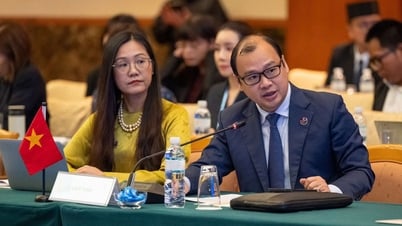


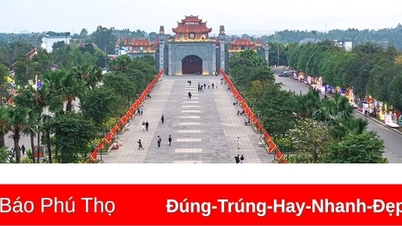
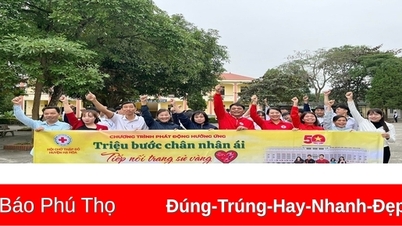


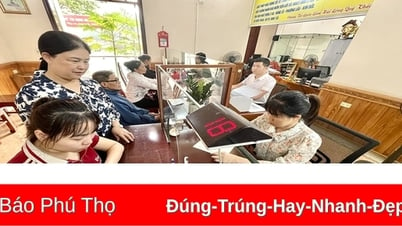

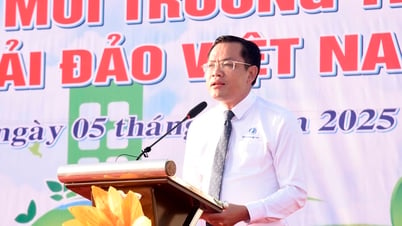
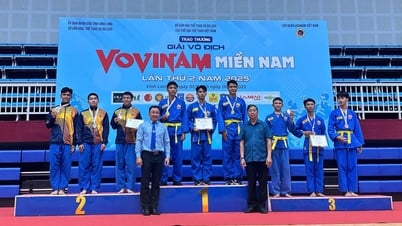
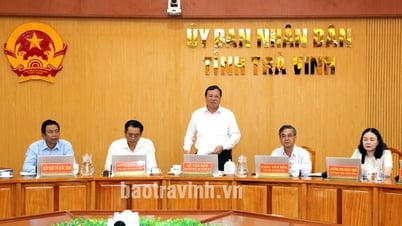


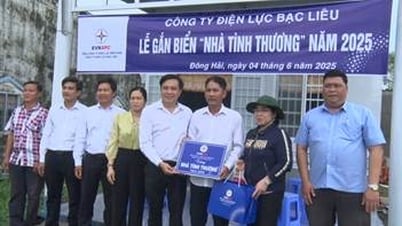






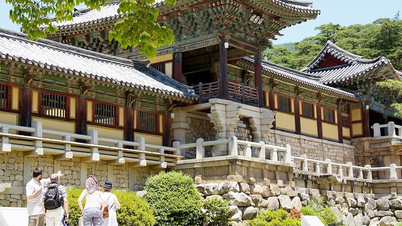
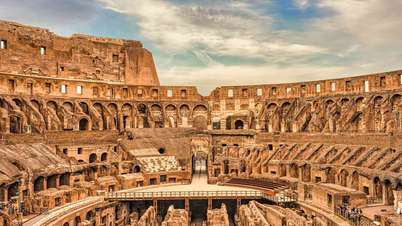
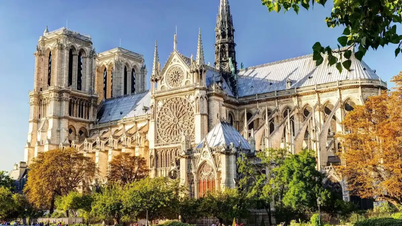

































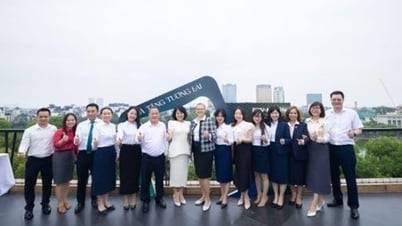













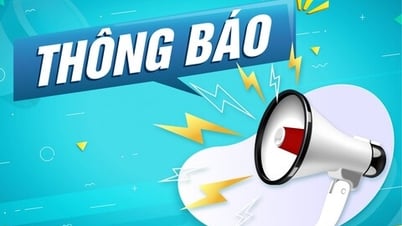
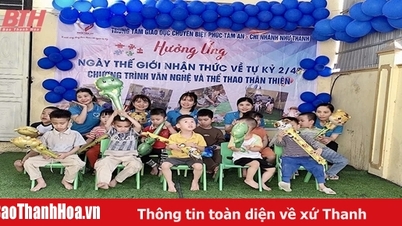



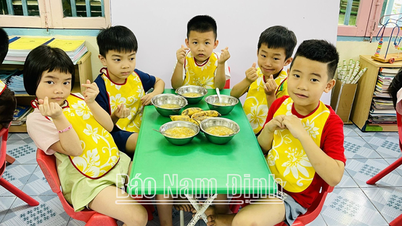















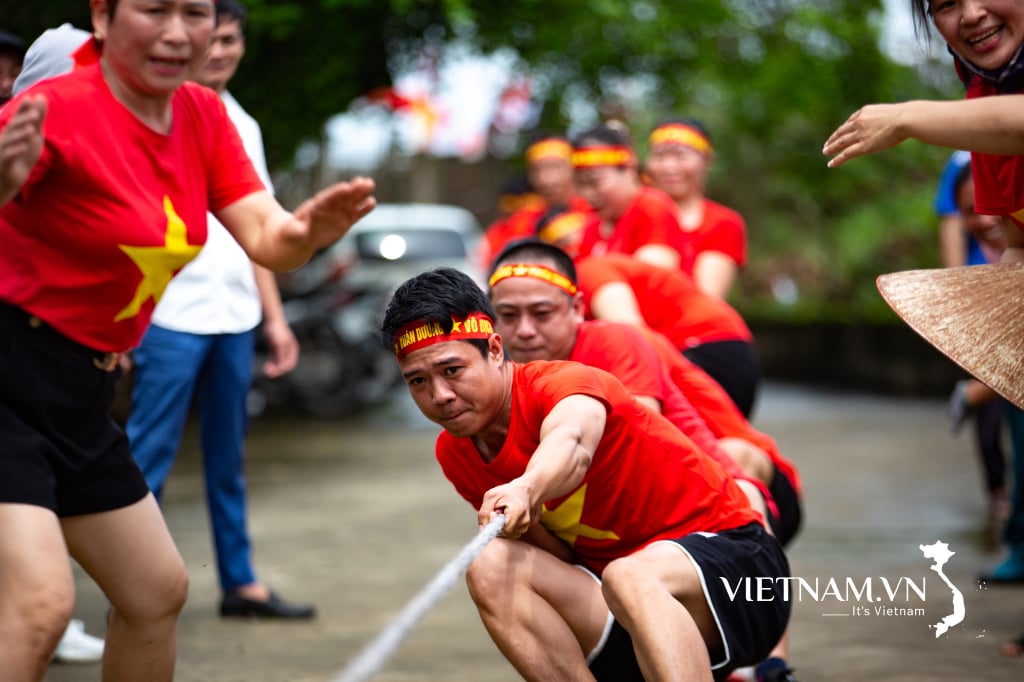
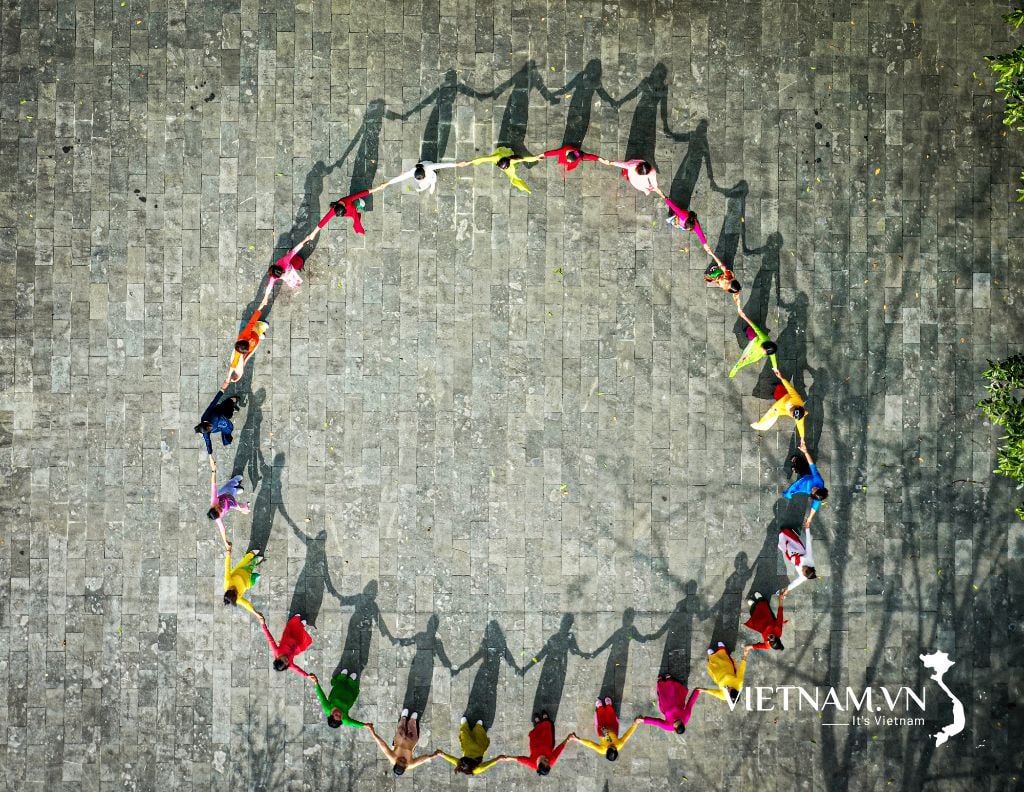
Comment (0)